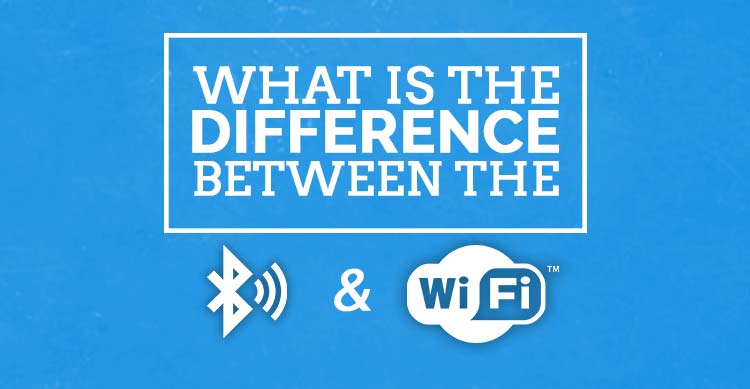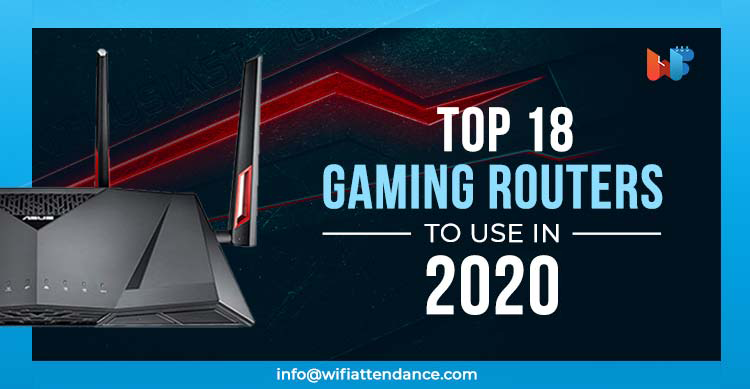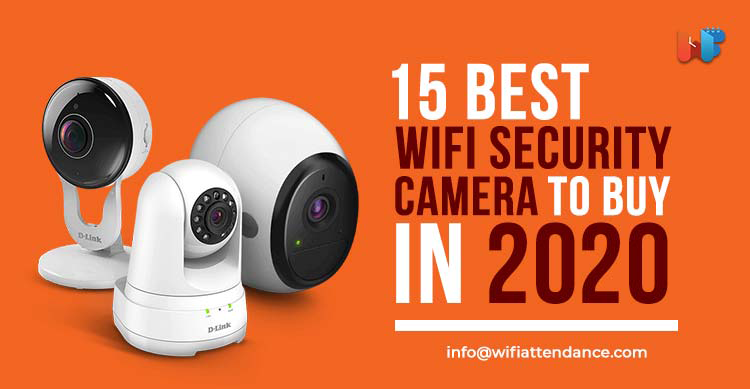
WiFi and Bluetooth are two modes of wireless communication. Both modes utilize radio signals to establish connection. But there is a core difference between these two with respect to the purpose they serve.
Bluetooth allows connection in a short range between devices. This helps in sharing data between the connected devices.
On the contrary, WiFi enables access to the internet.
Bluetooth is limited to the devices connected in a short range. But there is a higher connection possibility for WiFi users.
The bandwidth also changes between the two modes. WiFi offers higher speed due to high bandwidth, while Bluetooth connection works on low bandwidth.
Read Also: What Is The Difference Between Broadband And WiFi
Bluetooth
1. What is Bluetooth?
Bluetooth is a universal mode of wireless connection that works in a short range. This wireless connection is used for data communications.
IBM, Nokia, Toshiba, and Ericsson are the companies that invented Bluetooth. However, it was Intel that created SIG or Special Internet Group to promote the concept of Bluetooth.
They also developed Wireless Personal Area Network or WPAN. With that, Bluetooth became the very first technology for short-distance wireless network for data application and communication.
The rate of data is pretty low with respect to WiFi. But it offers an inexpensive way of creating a small but effective wireless network.
Using Bluetooth SIG, the process of cable replacement takes place. Ad-hoc network becomes possible. Plus, connected devices create APs or Integrated Access Points. These access points allow all users to utilize wireless voice and data.
2. What is the architecture of Bluetooth?
The topology of Bluetooth is called the scattered kind of ad-hoc topology. This topology defines the collection of connected devices in an ad-hoc way. This collection is called Piconet.
There are total 4 states of Bluetooth connection:
- M or Master- This state can contain 7 to 200 collections of slaves in the active
- S or Slave- The slaves are the names given to terminals. These terminals can become a part of one or more piconet at once.
- SB or Stand by- These stay in line to join an existing piconet. During the waiting period, SB’s MAC address stay retained in them.
- P or Parked/hold- P are the ones waiting to get attached to the existing piconet. But these ones release their MAC address.
3. How is a physical connection developed to use Bluetooth?
To create a physical connection, a modem with FHSS type is used. FHSS or Frequency Hopping Spread Spectrum modem is leveraged along with 0 dBm of antenna power. Alternatively, 20 dBm can be used for the operation as well.
The hopping rate of Bluetooth should be 1600 hops/second. Bluetooth can attain a specific hopping format for every piconet, which is known as its frequency.
4. How to manage a Bluetooth connection?
The connection takes two major processes for an establishment. These processes are called Inquiry connection and Page connection.
Every active device is assigned to 3-bit in AMA (also known as Active Member Address). Every parked device gets allocated to 8-bit in PMA (also known as Parked Member Address). There is no address required for standby devices.
- Sniff- In this state, slaves listen minimized rate of the piconet.
- Hold- Slave restricts all the ACL transmission and allows SCO packet exchange.
- Park- Slave allows the release of AMA it has.
- Page- AMA becomes the master after getting assigned.
- Connected- The process of listening, transmitting and receiving is involved in this state.
- Standby- The listening process happens periodically.
- Inquiry- A search is conducted to locate other devices in the network area.
5. What about the security aspect of Bluetooth?
With Bluetooth, you can expect information confidentiality and usage security as well. The utilization of a random number, device’s MAC address ensures its security.
The two-step approach, Authentication, and Encryption, further enhances the security. However, there are three ways of Bluetooth operations, which are non-secure, link level and service level.
Read Also: What Is LiFi? All You Need to Know
WiFi
1. What is WiFi?
Wi-Fi is also called Wireless Fidelity. This technical name is IEEE 802.11 suite. This standard was the initial WLANs standard. These same standards create an interface that ensures transmission and receiving process between multiple wireless clients and access point.
With 802.11 standards, inventors wanted to increase the range of wireless connectivity. Making portable, permanent and mobile connections, these standards lead to the development of much-needed PHY and MAC layer.
Features of IEEE 802.11 standard include:
- It enables a time-bounded, asynchronous delivery facility.
- It provides support to continuous service in the whole area that comes within the distribution system.
2. What is the architecture of WiFi?
The topologies or operation models have two types:
- Infrastructure topology: This mode generally contains at least one AP or access point. The AP stays linked to a wired infrastructure of the network along with multiple wireless stations. AP has the control over encryption and creates the route for wireless traffic towards the internet network.
- Ad-hoc topology: In this mode, two wireless stations connect with each other directly without any access point. There is also no need for a wired network in this mode. This topology is also called IBSS or Independent Basic Service Set. A wireless network between two laptops is an Ad-Hoc mode.
3. What about WiFi’s security?
There are provisions provided for privacy and authentication path. The authentication process can be done in two ways:
- Open system- This is a default scheme of authentication. An algorithm ID for authentication is sent by a request frame. The results of this request are judged with respect to the response time.
- Shared key- This authentication mode is more secure. In this, a request frame usually carries a 40-bit encrypted code, which is used for frame ID authentication. This code stays secret between the IP and the request frame. Two stations complete the process of sending, encrypting and responding with the secret code. This completes the authentication process.
Read Also: WiFi Can Let You See Through Walls – Know How!
Bluetooth vs WiFi
1. Bandwidth
Bluetooth bandwidth stays low, while WiFi works with high bandwidth. This is due to the range of network and the limitations associated with the connected devices.
2. Required hardware
The devices need to have Bluetooth adapter in order to connect in a Bluetooth network with each other. The connection to Wi-Fi requires the availability of a wireless adapter in every device along with the availability of one wireless router.
In terms of required hardware, both types require their own adapter availability. However, WiFi needs one wireless router as well.
3. Usability
When it comes to usability, Bluetooth network seems pretty simple. The connection is small, which allows users to easily switch from one device to another for a new connection.
The process of using WiFi is a bit complicated with respect to Bluetooth. First of all, it requires the correct installation and configuration of router. The software configuration also takes complex steps. Only then, the complete setup establishes WiFi network connectivity.
4. Range
In terms of connection range, Bluetooth provides a small area of network around 10 meters. This is nothing when you see the connection range of WiFi. A WiFi network can give you 100 meters of connection range.
5. Security
When compared in terms of security, WiFi seems better than Bluetooth. WiFi offers better security features. Which is why Bluetooth seems less secure as compared to WiFi. However, there are security issues regarding the use of WiFi as well.
6. Use of energy
The energy consumption is pretty low in Bluetooth, which makes it easier to install in small devices as well. The WiFi network takes higher energy, as there is a router involved along with multiple network stations.
7. Range of frequency
The frequency can range 2.400-2.483 GHz in a Bluetooth network. This range goes up to 2.4-5 GHz in WiFi. This frequency range is the reason why Wi-Fi enables better and more complex connections.
8. User flexibility
Bluetooth allows a certain number of devices to connect together in a short range. So, the user flexibility is pretty low in this type of network as compared to WiFi.
With WiFi, many users can get access to the network at once.
9. Modulation techniques
The modulation technique for Bluetooth is GFSK or Gaussian Frequency Shift Keying.
The modulation technique for WiFi network is OFDM or Orthogonal Frequency Division Multiplexing. It can also use another technique called QAM or Quadrature Amplitude Modulation.
Conclusion
Both WiFi and Bluetooth technologies have enabled users in terms of wireless communication. Multiple devices can connect with each other and share data. The purpose of both connection types is different, but they both have their own advantages.
While Bluetooth works fairly to connect devices in a short range, you need WiFi to get large connectivity to the internet.
With this knowledge, you can now utilize both kinds of wireless communications as per your need. You know the advantages, so choose a type of network that aligns with what you are trying to accomplish.
For instance, large connectivity for multiple users asks for WiFi. But you can connect two devices using Bluetooth for data transfer in a short range.









